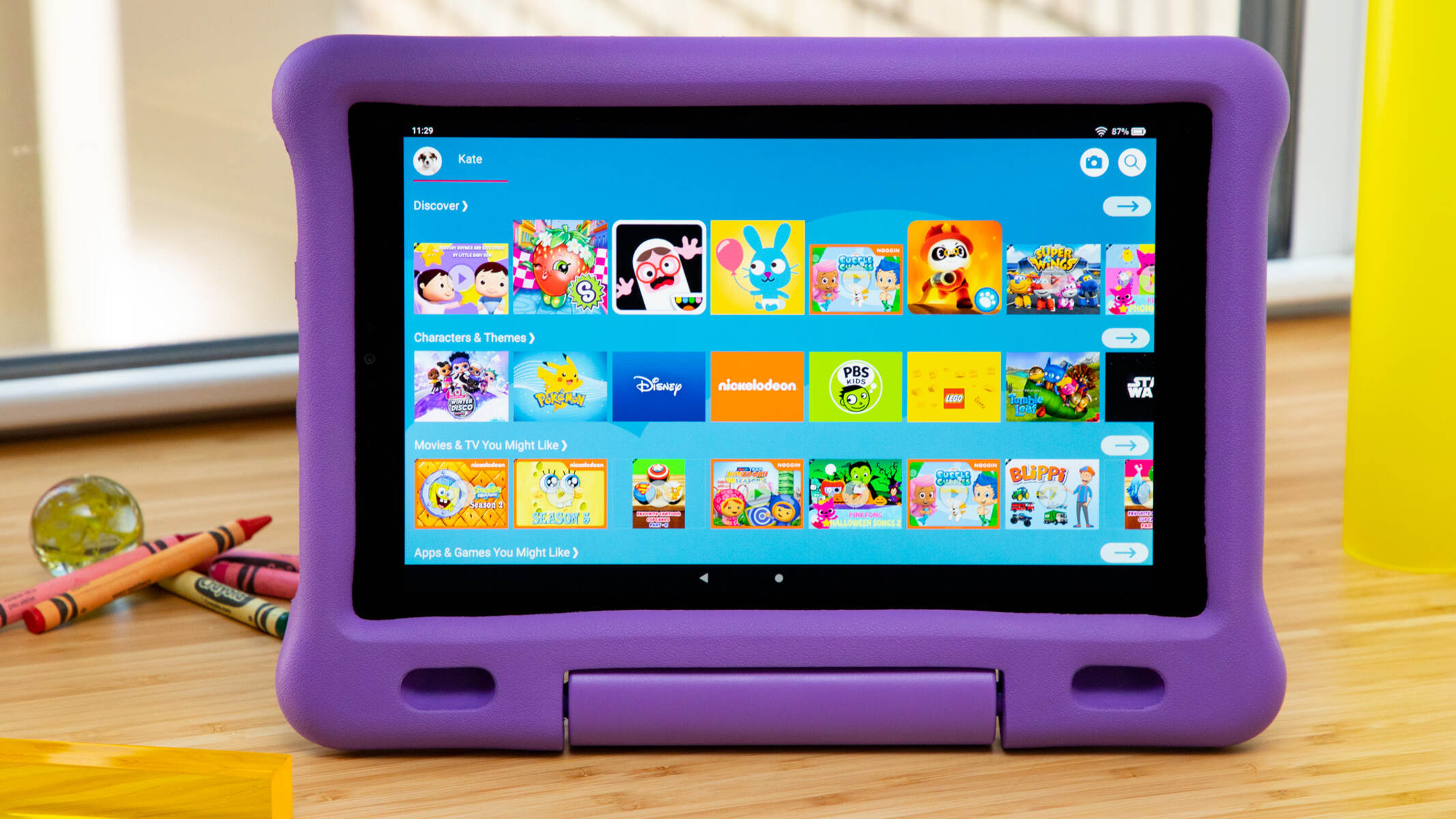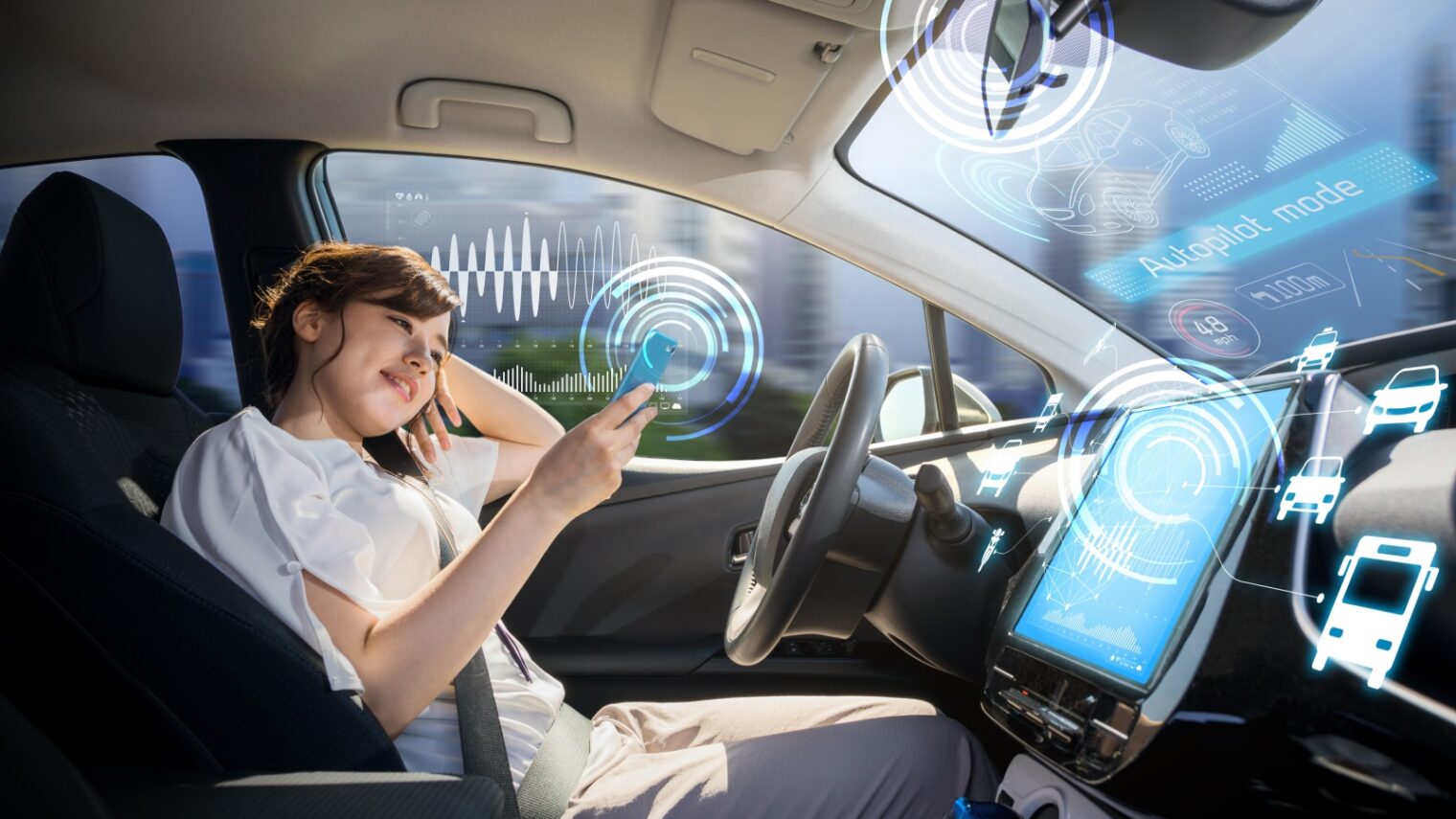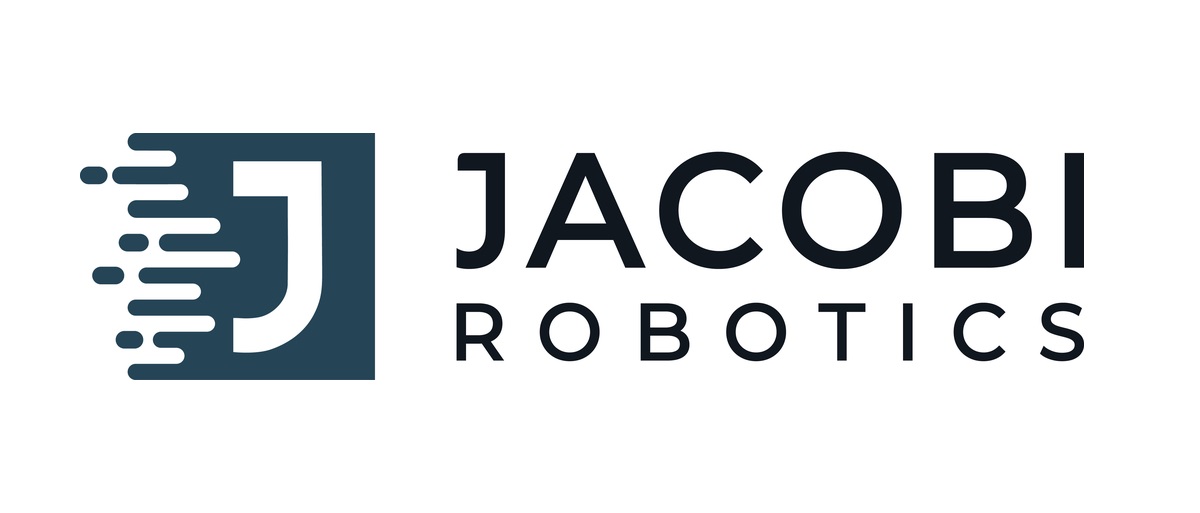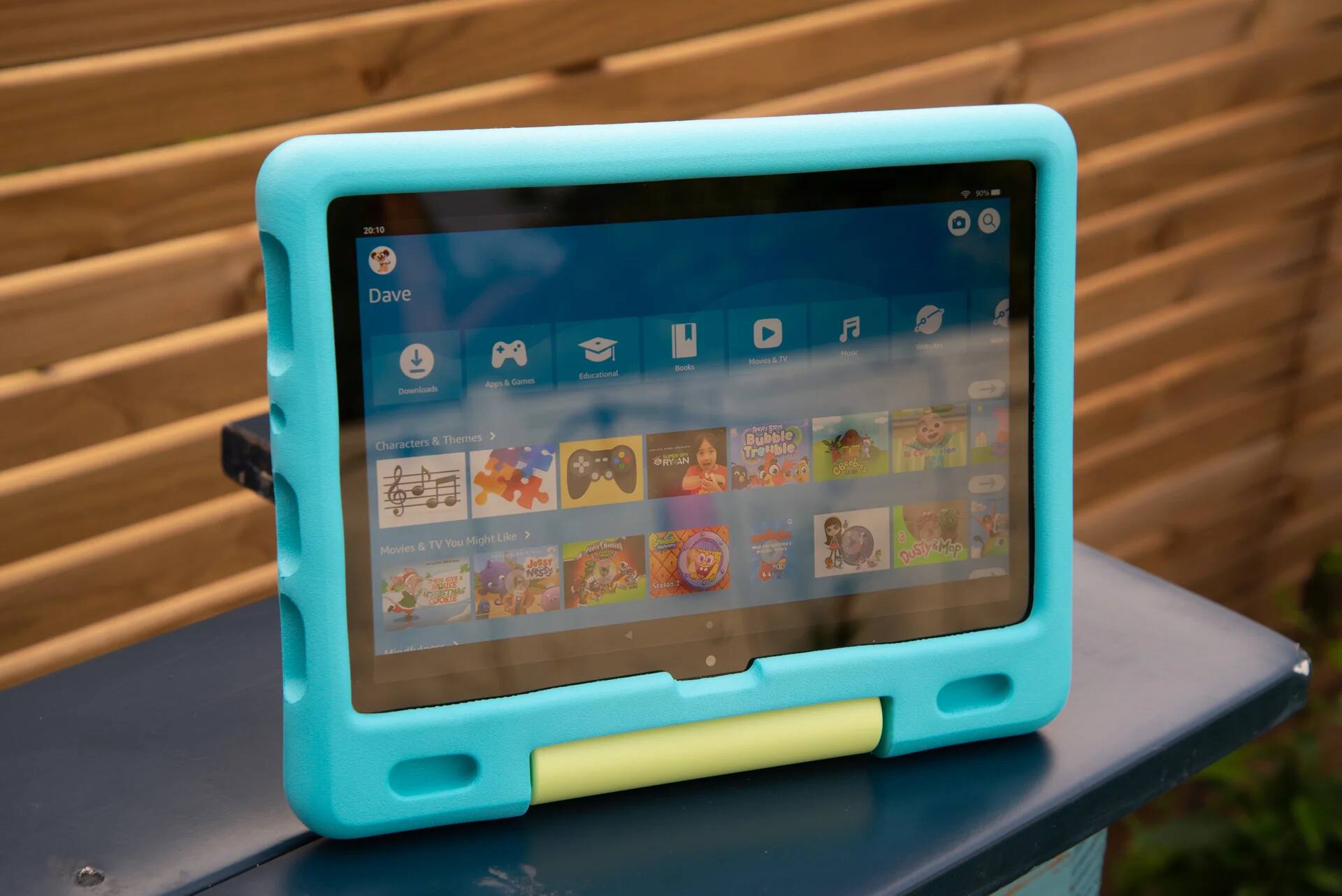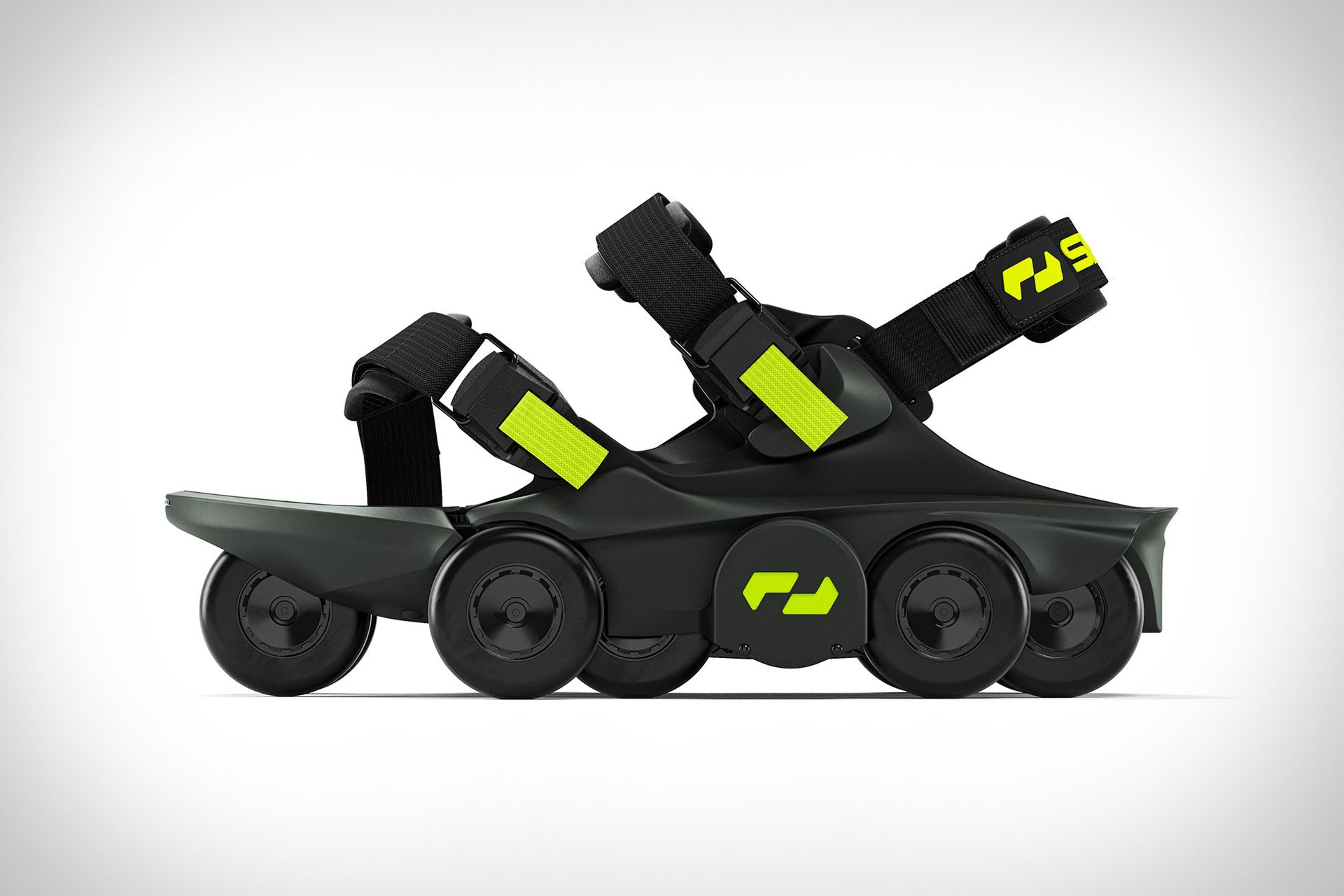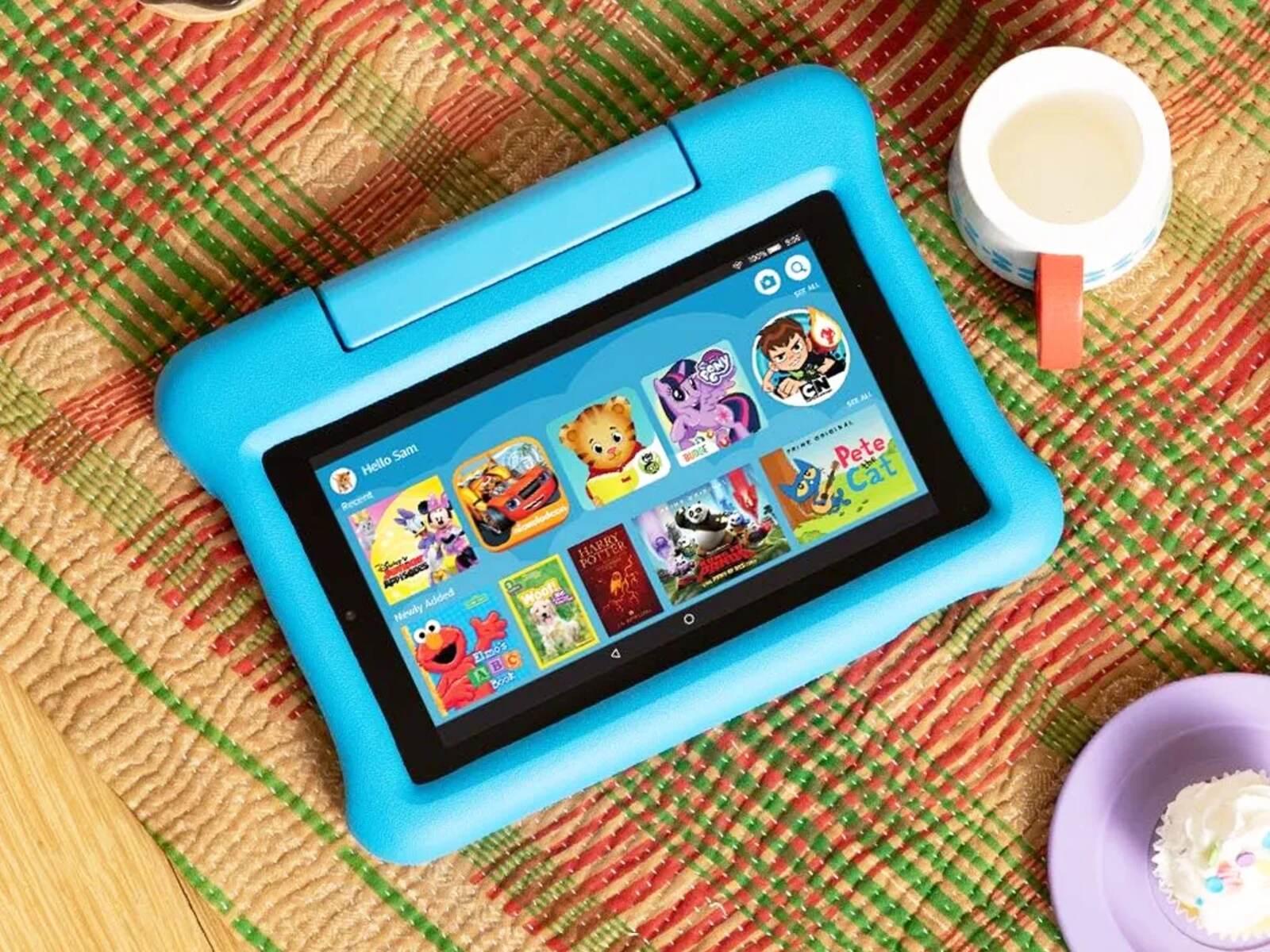A robot is an artificial machine. It can accomplish different ranges of human tasks or actions. These actions can either autonomous or independent of humans or through the use of remote control. Thus, some robots are autonomous, while others are semi-autonomous.
Robotics machines are programmable using a computer. Some types of robotics have internal control mechanisms. However, some operate through an external control device. Moreover, some kinds of robots replicate the human structure. However, many robot examples are just machine performing tasks irrespective of their looks.
Robots can mimic a lifelike form or automate movements. This way, different kinds of robots might express intelligent sense or form a thought of their own. Robotics is the technology that deals with robot design, production, process, and use of robots.
Robotics equally includes the study of computer systems designed for controlling robots, developing sensory feedback, and handling of information. It is the science that studies the robot.
What Are Robots Used For?
Robotics technologies involve automated machines. These machines replace humans in risky environments or production processes. They look like humans in appearance, behavior, or cognition.
The majority of robots today perform repetitive tasks or actions. They are excessively dangerous for humans. For instance, some robots are useful in place with a potential bomb. They help in bomb detection and deactivation.
Factories are utilizing robots for building cars, candy bars, and electronics. Moreover, they have applications in medicine, military strategies, objects discovery underwater, space travels, and for exploring other planets. Additionally, robotic technology is beneficial for individuals with no arms or legs.
In a lot of instances and for a lot of different reasons, robots are in-demand. Some are using robots in places where it isn’t possible for humans to go. For instance, in an extremely hot environment or high heat and for cleaning or controlling of dangerous substances and radiation. Robots that replicates human appearance makes it easy to accept them in specific repetitive actions that people usually do.
These types of robots try to imitate the way of walking, lifting objects, speaking, reasoning, and other human-related actions.
Uses Of Robotics
At present, the field of robotics is evolving at a rapid rate. This is due to technological innovations and advancements. Researchers continue to brainstorm and innovate on how to design and build new types of robots. They want them to be useful for domestic uses, commercial uses, and military intelligence and combat purposes.
Robots are performing tasks that are too dangerous for humans like neutralizing bombs. Furthermore, robots can help to search for human survivors in insecure ruins. Additionally, they can aid in discovering mines and shells. Robotics is also a teaching aid in STEM. STEM stands for Science, Technology, Engineering, and Mathematics.
The introduction of nanorobots is yet another advancement made in robotics. They transform medicine and human health. These are microscopic robots introduced into a human body for medical reasons.
Reasons To Use Robots
The main reason to use robots is they are frequently cheaper than human workers. Besides, some jobs are easier done with robots. Nonetheless, other tasks undertaken by robots are tasks that humans can’t perform.
There are different types of robots used for exploring the inner parts of gas tanks, the interior parts of volcanoes, and traveling in the space like going to the surface of Mars. Moreover, different kinds of robots can go to other locations that are very dangerous for humans or in places with extreme temperatures. In addition to this, there are robot examples that can work in places that are contaminated for humans.
Robots can perform a singular task repetitively without being bored. You can employ different types of robots for drilling, welding, and painting tasks. Moreover, different kinds of robots can grip dangerous substances. In a lot of instances, robots produced more precise results compared to their human counterparts. This, in turn, minimizes production costs by eliminating costly mistakes and potential hazards. Robots don’t fall sick. They don’t sleep or need to break to eat. Moreover, they don’t go on vacation or get tired. And so, the benefits and uses of robots to man are numerous.
Types Of Robots
It is difficult to find one single definition for a robot. And so, classifying robots is not an easy task. Robots differ greatly in size, shape, and capacities. Furthermore, every robot comes with peculiar features. However, they have some features in common. All robots have controllers, mechanical parts, and sensors. So, what are the different types of robots?
Aerospace Robots
Aerospace robots cover a wide category of different kinds of robots. These include different types of flying robots. Examples are the robotic seagull produced by SmartBird. Another one is the security surveillance drone that Raven built. These types of robots, equally, include robots that can visit the surface of Mars. These robot examples are humanoids, Mars Rovers, and NASA’s Robonaut.


Consumer Robots
Consumer robots perform tasks like purchasing and utilization for fun. They can also do chores for people. Examples are Aibo, the robot dog, the Roomba vacuum cleaner, Artificial intelligence-powered robot assistants. Additionally, there are different types of robot toys and kits.
Disaster Response Robots
Disaster response robots carry out risky tasks like searching for survivors after a disaster. For instance, after the 2011 Japan tsunami earthquake, Packbots were sent to investigate the Fukushima Daiichi nuclear power station to estimate the degree of damage.
Drones
Drones are aerial vehicles not controlled by humans. These vehicles come in a wide variety of sizes and come with varying degrees of autonomy. Examples of drones are the Global Hawk military system, the well-known Phantom series of DJI, and the Anafi Parrot.
Education Robots
Education robots include a wide range of different types of robots. They are designed for teaching in the classroom or home use. Examples of this type of robotics include proactive programmable electronics like Lego, 3D printers that come with teaching plans. It equally includes teacher robots like EMYS.
Entertainment Robots
Entertainment robots are types of robots intended to arouse our emotions. Robots for entertainment purposes include RoboThespian; a robot comedian, Navi Shaman; a Disney theme park robot, and Partner; a robotic musician.
Exoskeleton Robots
For physical therapy, there are exoskeleton robots. This type of robot can make a paralyzed individual get back on his or her feet again. However, the military and other industry are also using exoskeleton robots. They offer extra mobility capacity to the user. They enable him or her to have more strength to lift heavy loads.
Humanoids
Humanoids are the type of robots that many people are familiar with. These are robots that replicate human appearance. Examples of this type of robot include Asimo, produced by Honda and Geminoid robot series that resemble human beings.
Industrial Robots
These types of robots come with an arm used to carry out recurring tasks. Examples of this type of robots include the factory robot, Unimate, the Amazon warehouse robots, and collaborative factory robots which serve as a human co-worker.
Medical Robots
Medical and healthcare robots are robots employed for curative purposes. They include types of robotics like the da Vinci surgical robot, bionic prostheses, and robotic exoskeletons.
Military And Security robots
Military robots are for security, surveillance, and combat purposes. This type includes the Endeavor Robotics’ PackBot. This is for discovering makeshift explosives in Iraq and Afghanistan.
It equally includes robot types like the BigDog. This helps in lifting heavy tools and different types of machinery. An example of a security robot is the self-governing mobile edifices like Cobalt.
Research Robot
University and company’s research laboratories developed most types of robots today. However, research robots are different. The primary reason for designing them is to assist researchers in their research work. This means that some robots that fall into different classifications may equally qualify as research robots.
Self-Driving Car Robots
There are different types of robotic self-driving cars around. Many of these cars can as well drive human beings. The primary designs of self-driving cars include vehicles designed for the DARPA’s self-driving vehicle contests. Also, Google pioneered self-driving Toyota Prius. This one gave rise to Waymo.
Telepresence Robots
These are the types of robots that enable you to explore a location remotely and be present in the location while remaining where you are. You can sign into a robot avatar through the internet. Once you log in, you can drive the robot around. Moreover, you can view the things that the robot sees. Also, you can speak to people in that location without being there physically.
Remote workers can utilize this type of robots to work together with their co-workers at a far-away office. Additionally, medical practitioners can use these types of robots to verify how their patients are doing.
Underwater Robots
Beneath the surface of the water is where deploying these robots are possible. Examples of these types of robots include marine submersibles such as Aquanaut, humanoids that dive. Other examples are Ocean One and biological motivated robotics like the snakebot known as ACM-R5H.
Main Types Of Industrial Robots
There are six classifications of industrial robots. These include the articulated robots, Cartesian robots, the SCARA robots, the cylindrical robots, delta robots, and polar robots. Nonetheless, there are other types of robots structures. All of these feature various type of joint structures with the joints known as axes.
The standard type of industrial robots is articulated robots. Articulated robots come with rotational joints which can differ from two to ten joints. Additionally, some robots come with more than ten joints. The most common types of articulated robots come with six axes.
The axes give the robot optimal mobility or flexibility. A joint that twists is linking the arm of these robots to the base. Robots that have six axes are of big help in handling materials, tending machines, welding an arc, or spot welding.
Robotics For A Modern World
There are different types of robots. These vary widely and can range from humanoids like the Advanced Step in Innovative Mobility (ASIMO), developed by Honda. Another one is the TOSY Ping Pong Playing Robot (TOPIO), developed by TOSY. Also, there are medical and healthcare robots, like the microscopic nanorobots.
These different types of robots, irrespective of their form, take care of repetitive tasks that are better automated and tasks that are risky for human workers. The benefits of robotics to humanity continue to evolve by day with technological advancements. No doubt, robots and the robotics industry are there to revolutionize our modern world for the better.










